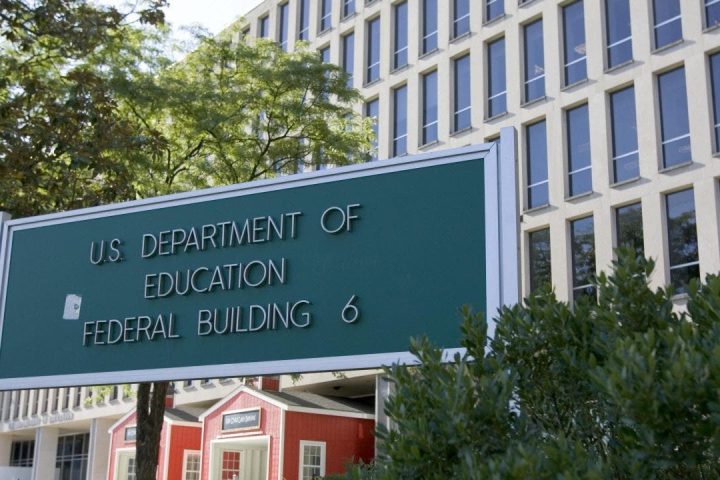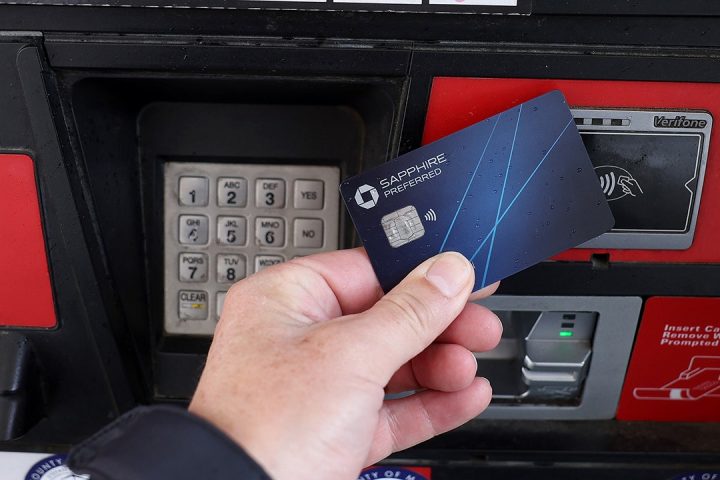Company earnings reports have been trumpeting the strength of the American consumer’s wallet — but all that spending is coming at a cost.
Nearly a third of Americans have less money saved for an emergency than they did at the start of the year, according to a new survey from Bankrate. And the vast majority — 81% of respondents — haven’t added anything to their rainy day fund in 2023.
About 60% of Americans feel behind when it comes to saving for an unexpected expense, the survey found.
The reports of shrinking savings come as economists and corporate leaders have pointed to strong consumer spending as the engine fueling America’s surprisingly resilient economy in recent months.
But that spending isn’t necessarily a sign of financial health. “A lot of the spending that takes place is being done out of necessity, not choice,” said Greg McBride, chief financial analyst for Bankrate. “For a lot of these households it’s not because they’re living large. It’s because they’re trying to keep up.”
That’s grown more difficult thanks to higher prices, the survey showed. More than half of respondents who hadn’t grown their emergency savings this year pointed to inflation as a top reason. Mounting expenses, too much debt and rising interest rates were other oft-cited hurdles.
“Inflation has stretched household budgets,” McBride said. “Those that were previously saving may be saving less or not saving at all. Those that weren’t saving have been leaning on credit to fill the gap.”
Consumers concerned, but still spending
American consumers came out of the COVID-19 pandemic with plenty of cash. The personal savings rate — the percentage of Americans’ disposable income that they save — peaked in 2020, at 32%.
Even into 2023, consumer spending has been bolstered by a pandemic-era decline in household debt burdens, as Americans refinanced their mortgages and took a break from paying their student loans. Those changes saved consumers hundreds of dollars a month, researchers from the Federal Reserve Bank of New York reported recently.
But for many consumers, the extra cash is long gone. In August, the personal savings rate dropped to 3.9%, according to the U.S. Bureau of Economic Analysis.
“A lot of middle America blew through those savings a while ago,” McBride said.
Americans are more stressed about money than about their health
And many consumers are worried about the state of their finances.
An October survey from the Financial Industry Regulatory Authority Investor Education Foundation found that Americans worry more about money than many other issues, including relationship problems and health concerns.
When it comes to the financial problems they stress about most often, setting aside funds for unexpected expenses topped the list. That was followed by concerns about saving for long-term goals and making ends meet day-to-day.
It’d take a healthy hunk of cash to ease those worries. Almost half of respondents to the FINRA survey that reported some concerns about their finances said it would take at least double their current income to give them peace of mind.
Consumers’ financial worries may be compounded by pessimism about the broader economy. One survey of consumer confidence fell to a four-month low of 103.0 in September, reflecting angst about rising interest rates, inflation and other looming challenges.
An emergency fund would help consumers weather those potential hurdles, said Timothy Flacke, co-founder and executive director of Commonwealth, a nonprofit focused on wealth building among financially vulnerable Americans.
“When we think of emergency savings, we think of it behind a glass panel: only if the building is on fire do we break the glass. It’s more like a shock absorber that you can dip into then replenish again,” he said.
“[But] if you feel like you’re stretched and your income isn’t going far enough and someone says, ‘Hey you should save for this rainy day that comes rarely’… that can feel difficult,” Flacke said. “There’s a lot of forces making it tough to make ends meet.”
Read the full article here







